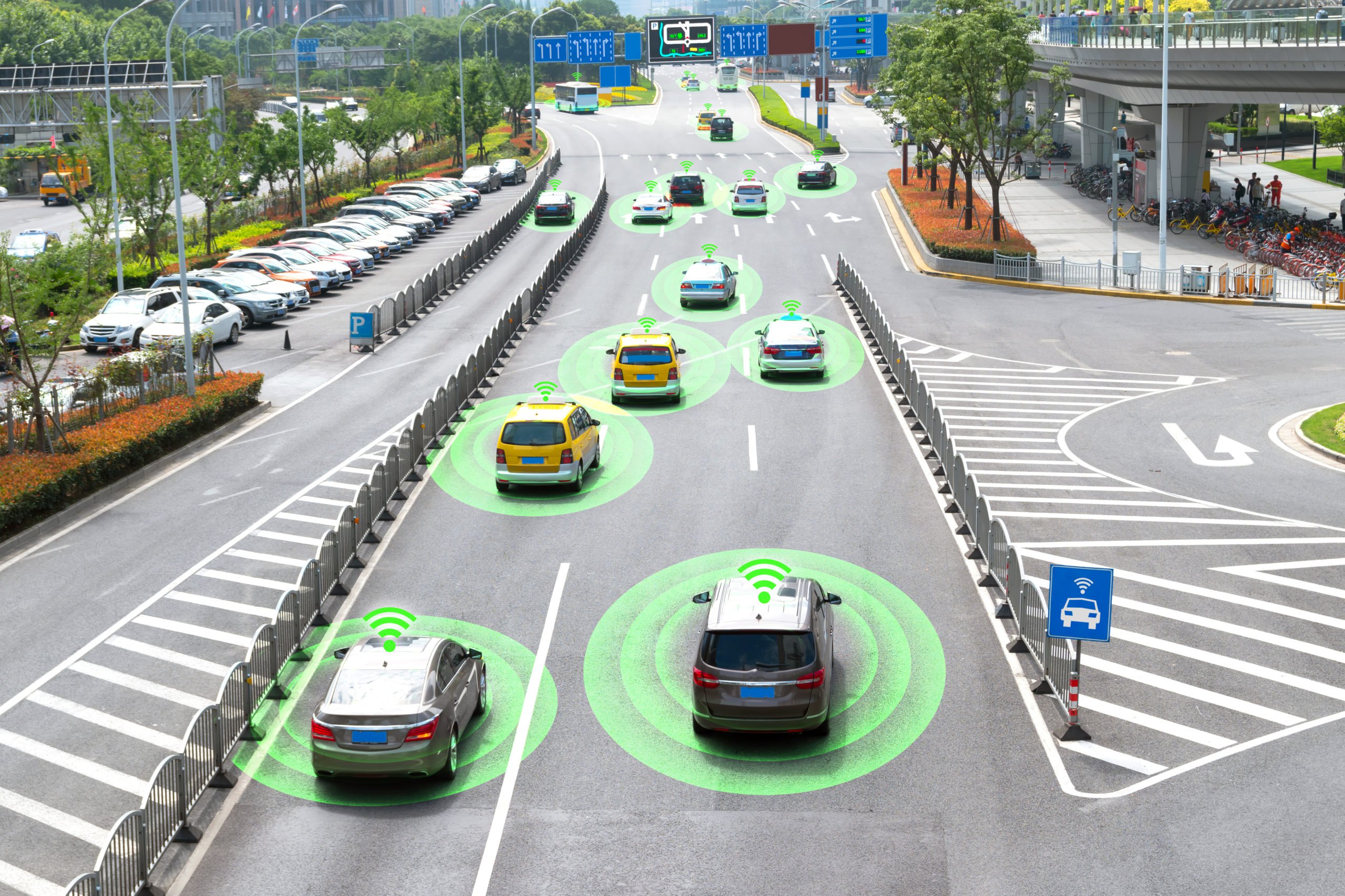How Brands are Digitizing the In-Store Experience
E-commerce growth in the US jumped to more than 30% with online sales reaching a level not previously expected until 2022. While all of the lockdown restrictions have contributed to such rapid growth, e-commerce is simply much more convenient than making a trip to a physical store location. Still, there are some hurdles that e-commerce needs to overcome, especially in terms of selling items such as clothing, makeup, shoes, and other items customers will be reluctant to buy since they cannot try them on. However, thanks to augmented reality (AR) technology, brands can increase the sales of these and many other products, by alleviating buyers remorse concerns. Let’s take a look at how brands are utilizing AR and e-commerce to increase sales and deliver the in-store experience to the customers’ homes.

Trying on Clothing Items in Augmented Reality
One of the main benefits of in-store shopping is the ability to physically hold an item in your hands and try it on to see if it is a good fit. What if you could enjoy such experiences from the comfort of your own home? Thanks to AR, you can try on any clothing item while shopping online. Your smartphone or computer camera can accurately measure your sizes and all of the clothing items will be composited on the user’s screens at the original, proper scale. If a brand has a physical store, they utilize AR mirrors which show customers how a certain item would look on them. This saves customers time because there is no need to go to the fitting room.
This technology relies on semantic segmentation which is the task of assigning a label to each pixel in an image. Basically, the semantic information provided by this data annotation method offers a detailed understanding of the current context of the scene and is vital for modifying it in augmented reality. Semantic segmentation is one of the most detailed data annotation methods and is very time-consuming. This is why companies developing such AR technology often outsource such tasks to a service provider.
Even though you can try on clothing AR, there are certain items, like makeup and shoes, that must fit perfectly. Is it possible to try on such items in AR? The answer is a resounding yes!. Let’s take a closer look.
AR for More Personal Items
Personal items like makeup and shoes are things that customers will be more hesitant to purchase online. While it may be acceptable for a shirt to be a little bit big or small to a certain degree, there is no room for error when it comes to makeup and shoes. However, thanks to AR, shoppers can confidently buy such items since they will know they are a perfect fit. Let’s a look at makeup first. When a person shops for individual makeup items or ready-made looks, their smartphone camera uses facial recognition technician technology to apply the eyeshadow, eyeliner, lipstick, or any other item to the user’s face in AR. The facial recognition system is trained by landmark annotation where human data annotators place key points around facial features. This is how the system is capable of recognizing the facial features and applying the makeup correctly as if the user was doing it themselves in a physical store.
Shoes also need to be a perfect fit since loose-fitting shoes can cause blisters to appear where the shoes rub against your feet. Tight-fitting shoes can cause even more problems since they can aggravate any foot conditions you have and can lead to long-term issues. AR can help customers buy shoes online since a store’s or company’s mobile app can use the shoppers’ smartphone camera to contour their feet producing exactly the right shoe sizes. In order for the computer vision system to accurately contour the foot itself, it needs to be trained with thousands of images of feet that have been contoured by human data annotators. In addition, semantic segmentation, polygon annotation will also be needed to allow the system to separate the foot from other objects in the image.
Mindy Support Provides Comprehensive Data Annotation Services
Even though the AR technology we discussed is very popular nowadays, a lot of high-quality data annotation is needed to make sure it works correctly. Since it would be very costly and time-consuming to perform the needed data annotation work in-house, you can trust Mindy Support to do this work for you. We are one of the largest BPO providers in Easter Europe with more than 2,000 employees in six locations all over Ukraine. Our size and location allow us to source and recruit the needed amount of candidates quickly and we will be able to scale your project without sacrificing the quality of the data annotation. Regardless of the scope or complexity of your project, trust Mindy Support to get the job done right the first time.
Posted by Il’ya Dudkin





